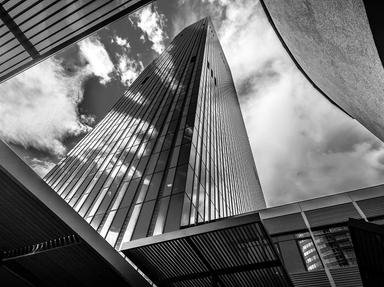Quiz Answer Key and Fun Facts
1. He and his second wife, Eva, were very popular among the Argentine working class. Who was the President of Argentina from 1946 to 1955 and from 1973 to 1974?
2. In 1911, he was the man responsible for the Xinhai Revolution which ended more than 2000 years of Chinese imperial rule. Who was the provisional first president of the Republic of China?
3. He was the only 20th century American president to be featured on Mount Rushmore. Who was the 26th President of the United States?
4. He was a central figure in the politics of the French Third Republic and one of the key figures during the Paris Peace Conference in 1919. Who was the Prime Minister of France from 1906 to 1909 and from 1917 until 1920?
5. He dominated the British government between the two World Wars. Who was the British prime minister on three occasions during the 1920s and 1930s? He was first appointed in May 1923.
6. He was the man who was most responsible for Burma's independence from British rule. What Burmese revolutionary was the 5th Premier of the British Crown Colony of Burma from 1946 to 1947?
7. He was an influential advocate of pan-Africanism and was a founding member of the Organization of African Unity. Who was the first Prime Minister and President of Ghana after achieving independence from the UK in 1957?
8. He was a Spanish general who led the National forces to overthrow the Second Spanish Republic during the Spanish Civil War from 1936 to 1939. In 1939, who assumed the title "Caudillo" and ruled as a dictator for 36 years?
9. He became a barrister of the Middle Temple in 1950 and was a lawyer until 1959. Who was subsequently the first Prime Minister of Singapore, leading the small nation from "third world country" to "first world country" within a single generation?
10. He was one of the most controversial leaders in the 20th century. His wife loved collecting shoes. Who was the tenth President of the Philippines?
Source: Author
sw11
This quiz was reviewed by FunTrivia editor
stedman before going online.
Any errors found in FunTrivia content are routinely corrected through our feedback system.
